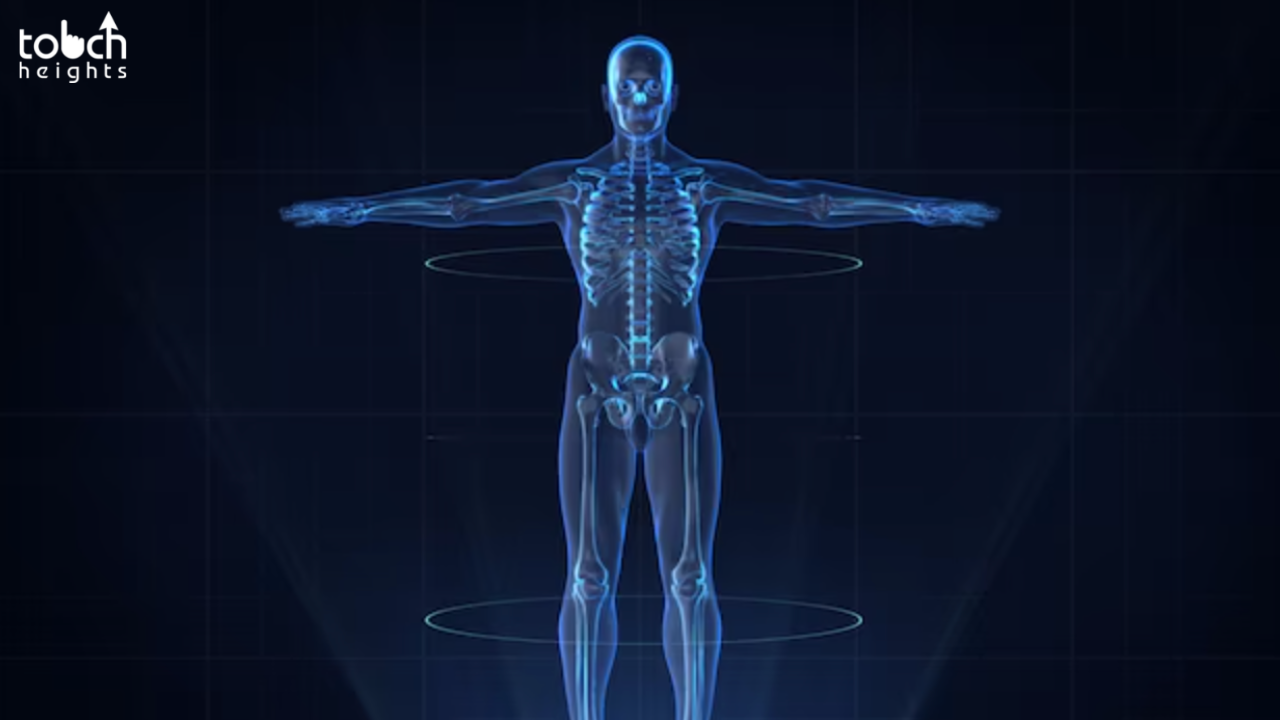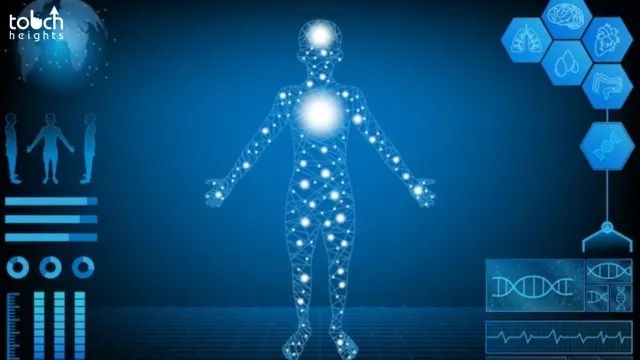How often do we pause to reflect on how amazing our bodies are? We are kept alive and well by the millions of internal activities taking place in these sophisticated machineries every second.
To repair a paper cut, our skin is capable of regeneration. We can sense the heat in homemade salsa thanks to our tongues. And everything is visible to our sight, even the pink polka dots on a jumper and the blue sky. These are just a handful of the incredible things your body accomplishes each day for you.
Here are 5 more astounding facts about human anatomy:
AN APPENDIX TO LIFE
The appendix has a poor reputation. It is typically regarded as a physical component that no longer serves any use. It only ever appears to sometimes become infected and result in appendicitis. Yet, it has recently been shown that the appendix is extremely beneficial to the microorganisms that keep your digestive system running smoothly. They use it as a place to reproduce and replenish the gut’s bacterial population while taking a break from the strain of the organ’s frenetic activity. Therefore be respectful of your appendix.
COMPLEX MOLECULES

Almost everything we encounter is composed of molecules. They come in a range of sizes, from straightforward atomic pairs, like an oxygen molecule, to intricate organic structures. The largest molecule in nature, however, is found in your body. First chromosome. A typical human cell contains 23 pairs of chromosomes, each of which is a single, very long DNA molecule. With over 10 billion atoms, chromosome 1 is the largest and contains most of the information stored in the molecule.
HAIR LOSS
We have almost the same amount of hair on our bodies as chimpanzees, even though they are useless and so fine that they are essentially invisible. We don’t know what caused us to lose our protecting fur. It has been hypothesized that this may have occurred because our predecessors were somewhat aquatic, to assist early humans in sweat more readily, or to make life more difficult for parasites like lice and ticks.
The theory that early people had to cooperate more as they migrated from the forest to the savanna is arguably the most appealing. Like people formerly did with wolves to generate dogs, when animals are raised for cooperation, they resemble their young more. A remarkable 40-year experiment that began in the 1950s included breeding Russian foxes for composure. Throughout time, adult foxes resemble big cubs more and more, spending more time playing and growing larger cub-like features like drooping ears, floppy tails, and patterned coats. Similar to young apes, humans have huge heads, tiny mouths, and—more importantly in this case—finer body hair.
GOOSEBUMP EVOLUTION
Goosebumps are a legacy of our extinct ancestors. They develop as a result of the base of each hair’s small muscles tensing and drawing it more upright. This would puff out the coat, allowing more air to enter it and improving its insulating properties with a good coating of fur. But, a human’s sparse body hair only makes our skin appear odd.
Similar to how when we are terrified or recall an emotional event, our hair stands on the edge and feels bristly. When threatened, many animals puff up their fur to appear larger and hence more menacing. Similar protective fluffing up of body hair was originally present in humans, but the effect has since been destroyed. While we don’t see any outward mass, the feeling of our hairs standing on end remains.
SPACE TRAUMA
If science fiction movies were to be believed, if your body were thrown off a spaceship without a suit, awful things would happen. But much of it is made up. Although there wouldn’t be anything like the bursting body parts Hollywood adores, there might be some discomfort as the air inside the body expanded. Even while liquids do boil in a hoover, your blood would be alright since your circulatory system maintains pressure. Also, despite the extreme cold in space, you wouldn’t lose heat very rapidly. A hoover is a fantastic insulator, as Thermos flasks show.
In actuality, the absence of air in space is what will kill you. A test subject’s suit leaked in a NASA vacuum chamber in 1965. The victim, who lived, was awake for around 14 seconds. Although the actual survival time limit is unknown, it is most likely between one and two minutes.

Conclusion:
Overall, your body is great. We sometimes take it for granted even though it works spectacularly. Spend some time learning about and appreciating everything that it does for you every day.







